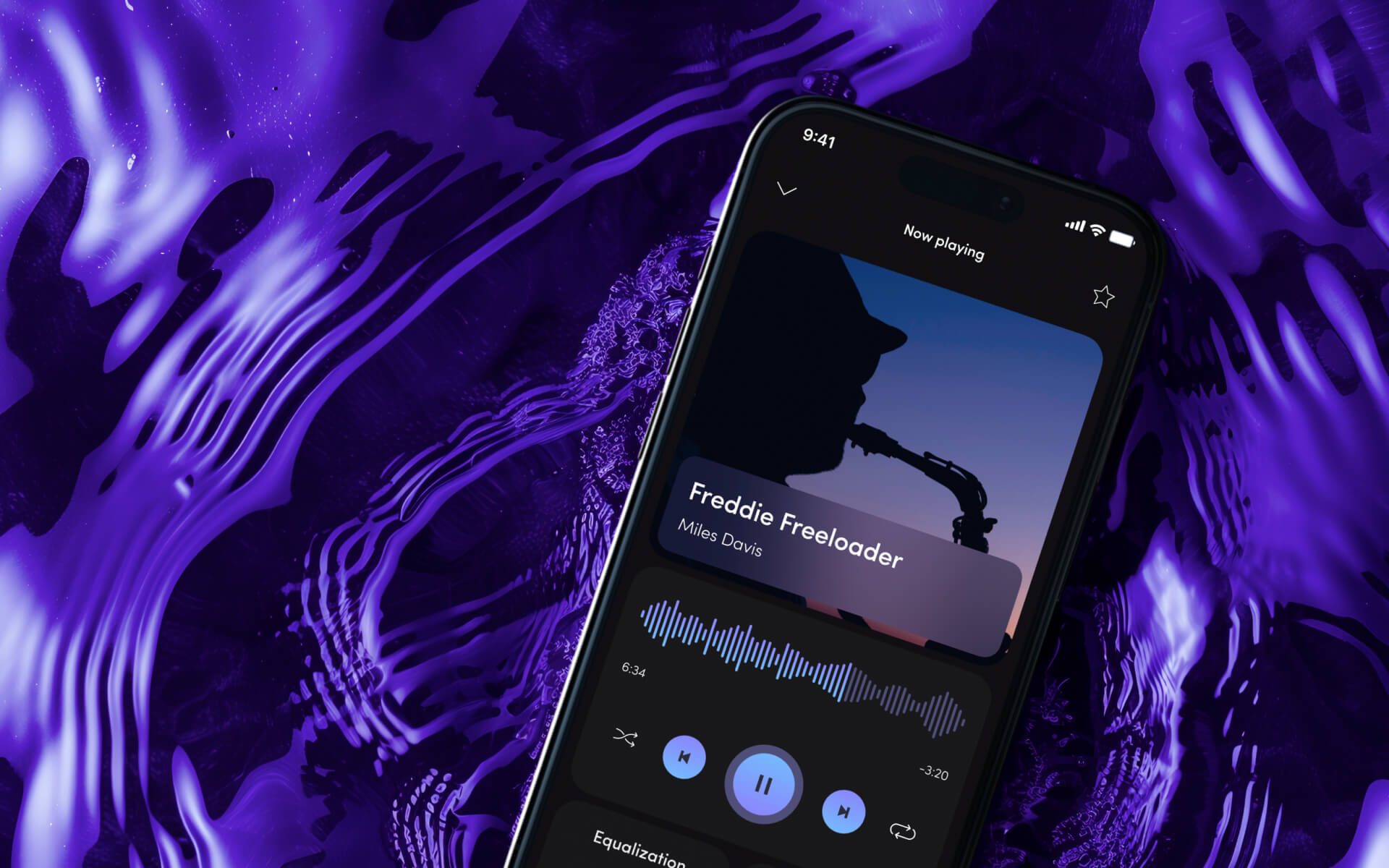Creating your own music app can be a rewarding journey, blending creativity, technology, and business strategy into a single, harmonious project. From streaming services to music production tools, the music app market is vast and growing. If you’re looking to turn your app idea into reality, this guide will walk you through each essential step, from concept to launch.
1. Define Your Music App Concept
Every successful app begins with a clear concept. What type of music app do you want to create? Here are a few popular categories to consider:
- Music Streaming Apps (like Spotify or Apple Music)
- Music Learning Apps (like Yousician)
- Music Production Apps (like GarageBand)
- Music Discovery and Social Sharing Apps (like SoundCloud)
Once you’ve identified the type of app, delve into the unique value proposition (UVP). What makes your app different? Will it have AI-generated playlists, a social component, or exclusive content?
2. Conduct Market Research
Market research helps you identify gaps in the current market and fine-tune your idea. Here’s how to conduct effective research:
- Competitor Analysis: Examine existing music apps, their features, strengths, and weaknesses.
- Audience Research: Define your target audience. Are they casual listeners, aspiring musicians, or DJs?
- Industry Trends: Keep up with music tech trends like AI music curation, spatial audio, or blockchain music rights.
This research will shape the app’s design, features, and monetization strategy.
3. Plan Key Features and Functionality
The features you offer can make or break your music app. Some essential features to consider include:
- User Profiles: Allow users to create and personalize their profiles.
- Music Library: Offer an extensive music library for streaming or production.
- Playlists and Favorites: Let users create, save, and share playlists.
- Search and Discovery: Provide smart search and AI-driven music recommendations.
- Offline Mode: Enable users to listen to music offline.
- Social Sharing: Let users share their favorite tracks or playlists on social media.
Prioritize features that directly support your app’s UVP.
4. Choose the Right Tech Stack
The technology stack determines the performance, scalability, and cost of development. Here are some essential components:
- Front-end: Use frameworks like React Native or Flutter for cross-platform development.
- Back-end: Utilize robust back-end technologies like Node.js or Python.
- Database: Use databases like Firebase, PostgreSQL, or MongoDB.
- APIs and SDKs: Integrate music streaming APIs like Spotify API, SoundCloud API, or MusicBrainz.
Consider scalability, as a successful music app may need to support thousands (or millions) of users simultaneously.
5. Design a User-Centric UI/UX
User experience (UX) and user interface (UI) design can influence user retention. Design a seamless, visually appealing, and intuitive user experience. Key principles include:
- Simple Navigation: Make it easy for users to browse, search, and play music.
- Personalization: Offer personalized recommendations and dynamic content.
- Accessibility: Ensure the app is accessible for users with different needs.
Prototypes and wireframes allow you to visualize your app’s look and feel before development begins.
6. Develop Your Music App
Once the design is ready, development begins. Follow these steps for successful app development:
- Front-End Development: Build the user-facing side of the app, ensuring smooth navigation and visual appeal.
- Back-End Development: Create the server, database, and APIs that power the app.
- Integrations: Add third-party APIs for streaming, payment processing, and analytics.
- Testing: Conduct unit testing, integration testing, and performance testing to ensure the app works flawlessly.
It’s wise to follow the agile development approach for iterative testing and faster development.
7. Monetization Strategies
Monetization ensures the app remains financially sustainable. Here are some popular monetization strategies for music apps:
- Freemium Model: Offer a free version with ads and premium subscription plans.
- Subscription Model: Charge users a monthly or annual subscription fee.
- Ad-Supported Model: Display ads between songs or within the app’s interface.
- In-App Purchases: Sell exclusive music tracks, sound effects, or features.
Choose a monetization strategy that aligns with your target audience’s preferences.
8. Test Your Music App
Testing is a vital step in app development. Some key areas to test include:
- Functionality: Check if all app features work as intended.
- Performance: Test app speed, load times, and performance under high traffic.
- Security: Protect user data, payment information, and account privacy.
- Cross-Platform Compatibility: Ensure the app works smoothly on both iOS and Android devices.
Beta testing with real users can provide valuable feedback before launch.
9. Launch and Market Your Music App
A successful launch requires effective marketing. Here’s a checklist to follow:
- Pre-Launch Marketing: Build excitement with sneak peeks, teaser videos, and pre-launch sign-ups.
- App Store Optimization (ASO): Optimize your app’s name, description, and keywords to improve visibility in app stores.
- Social Media and Influencer Marketing: Use social media platforms and influencers to spread the word.
- Press Release and Media Coverage: Send press releases to music industry publications to gain media attention.
Once the app is live, keep track of user feedback and respond with timely updates.
10. Continuous Updates and Maintenance
The journey doesn’t end at launch. You’ll need to provide ongoing support, fix bugs, and release new features to keep users engaged. Some post-launch activities include:
- Bug Fixes: Resolve issues and errors reported by users.
- Feature Enhancements: Add new features based on user feedback.
- Performance Updates: Ensure fast load times and a seamless experience.
Regular updates show users you’re committed to the app’s improvement.
Final Thoughts
Building a music app requires creativity, technical knowledge, and persistence. By following this step-by-step guide, you’ll be well-equipped to bring your idea to life. From defining your concept and conducting market research to developing features, testing, and launching, each step is crucial for a successful app.
Whether you’re building a streaming app, a production tool, or a music-sharing platform, focus on user experience, quality content, and scalability. Stay attuned to industry trends and user feedback to keep your app relevant and successful.
With the right approach, your music app could be the next big hit in the music tech industry.




